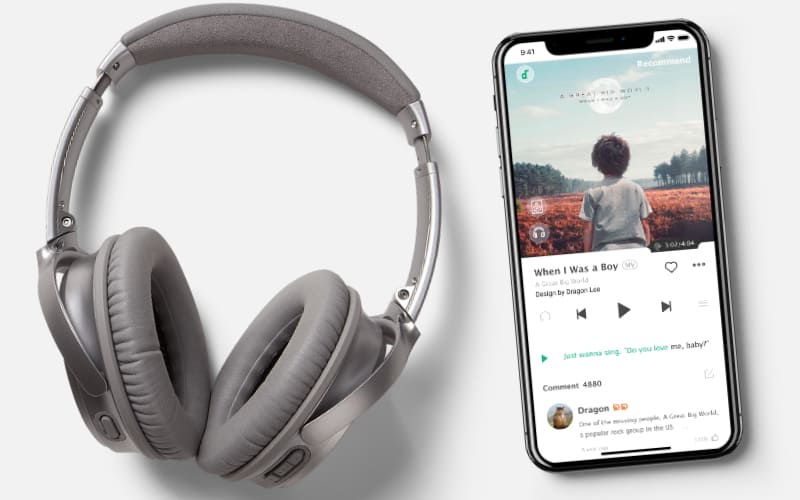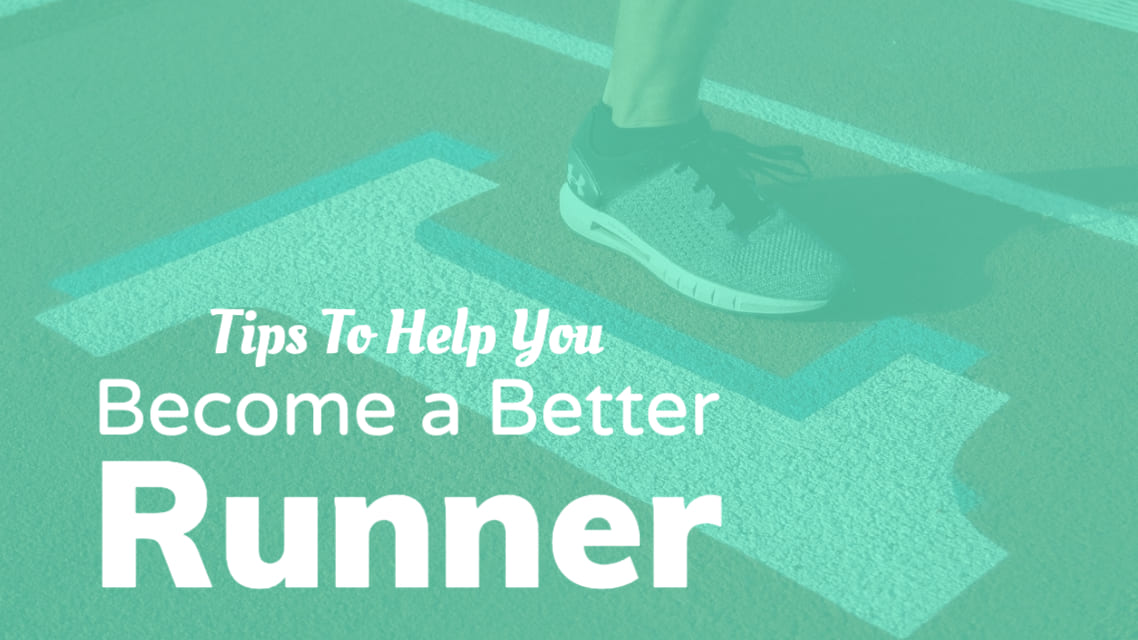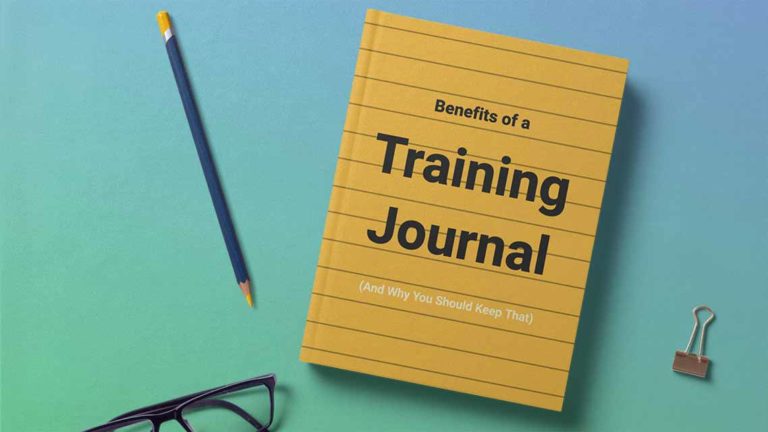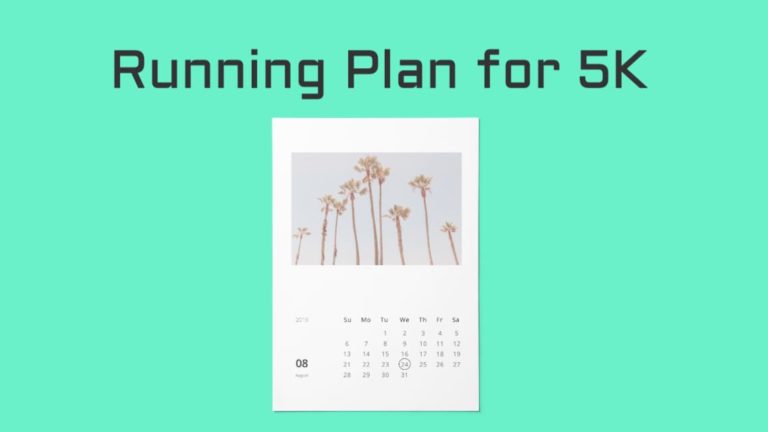Tips To Help You Become A Better Runner
Running – one of the best ways to get fit, strengthen your heart, and have a lean build. And you can do it anywhere.
Benefits of running:
- you don’t need a gym membership
- it doesn’t require specialized equipment
- you can train at your own pace
- you can practice as long as your timetable allows.
So why isn’t everyone going for a run?
For many, the thought of running is the same as:
- grappling for breath,
- mind-numbing treadmills,
- uncomfortable stitches, and
- injury.
In this article, you’ll get insight:
- to help you build your running fitness at your own pace, injury-free.
- tips on nutrition, gear, and running safety.
How fit are you?
What is an average 1-mile run time? For each person, the time differs based on age, gender, and fitness level.
- If you are new to running, using a run-walk system, you may need between 12 and 15 minutes.
- An elite runner may complete a mile in less than 5 minutes.
- Most runners should complete a mile in 7 to 10 minutes.
> How to take a classic Cooper test on Verywellfit.
Tips for finding your pace
The most prominent mistake beginner runners make is to run too fast. If you just started running, you need not try to run continuously. Instead, combine walk, and run. Your body isn’t accustomed yet for longer running times.
Don’t focus on speed and time; instead, run slowly.
The aim here is to promote your health and shape in the long term. If you run too hard, you’ll blow out the week’s training.
Here are some ideas to get you started:
1. Go for a time instead of distance
If you’re starting, don’t run for distance, run for time. Don’t run more than a couple of minutes in a row if you’re starting. Walk 4 minutes, run 1 minute, and repeat this 3 or 4 times.
Over time you’ll slowly increase running and reduce walking. It typically takes around 12 weeks before you can run 20 minutes continuously.
2. Run with a friend and talk
Trying to go too fast is a common mistake for new runners. Run with a friend, and if you can keep up talking, you’re running at a good pace. That conversation pace will naturally get quicker as you run more.
3. Remember to have rest days
Exercising every day without rest can lead to injury, and it’s during times of rest days that you get stronger.
4. Find the right stride for your running style
Research hints that the ideal foot stroke is on your mid- or forefoot. Try it out, but if you naturally hit the ground heel first, don’t force yourself as it could lead to injuries. Instead, talk to a podiatrist about supportive footwear that allows you to run without getting hurt in the long run.
> Learn more about proper running stride and footstrike. Longer stride doesn’t mean you are running faster!
How to get up and run regularly
Here’s some practical tips on how to get up for a run regularly:
- Try to get up and run in the morning. When day goes on, and you get tired, you’ll have more excuses not to go out.
- Set your running gear ready ahead. Seeing them motivates you and eliminates one obstacle into getting out.
- Join a local running club or find a running buddy – it will make you committed to showing up.
- Buy new running gear – wearing a new outfit or equipment, like a fitness tracker, can be a powerful motivator.
- Use an app – one that links to an online community. Track your progress over time as it will urge you to be consistent.
- Go for a run just for five minutes. Usually, once you run, you’ll want to keep going longer.
If you want to start running, start a micro habit to support it.
If you are going to run tomorrow, get your shoes, and put them right on the side of your bed.Because when you wake, there they are reminding you to go out, and you don’t have to find them.
The first step is just to put your running shoes on.
Check our easy running plan for 5K from here.
Does music help you run?
Research shows that songs with a BPM (beats per minute) that matches your running pace can improve your performance.

Headphones for Running
Bone-conduction technology lets you leave your ears uncovered so that you can hear the world around you.
Check AfterShokz Trekz Air on Amazon
Example songs with different BPM:s for different runs.
1. Easy jog
- Mark Ronson – Uptown Funk Feat. Bruno Mars (BPM 116)
- Harry Styles – Sign of the Times (BPM 120)
- Robin Thicke – Blurred Lines (BPM 120)
- Maroon 5 – Moves Like Jagger (BPM 128)
2. Moderate Run
- Coldplay – Viva la Vida (BPM 138)
- Christina Aguilera – Walk Away (BPM 152)
- Knack – My Sharona (BPM 150)
- Pink – Are We All We Are (BPM 152)
3. Fast Run
- Queen – Don’t Stop Me Now (BPM 156)
- Pharrell Williams – Happy (BPM 160)
- Michael Sembello – Maniac (BPM 160)
- A-ha – Take On Me (BPM 169)
- Sia – Burn The Pages (BPM 180)
Tips on nutrition
Unless you’re running for an hour or more, there usually is no need to be worried about fuel during the run.
If your run lasts for at least an hour, have some easily digestible snack, like toast with peanut butter or a banana.
To find out how much fluid you should drink, weigh yourself before and after the run. If the difference is more than 2 % of your weight, then you need to drink more. Water is best, but for longer runs energy drinks are good.
If your energy fades during long runs, you can have an energy gel or an energy bar, or sip the Coke or sports drink.

Within half an hour of your run, grab a snack containing carbs to replace your fuel stores.
How to prevent injuries
1. Prevent aches and pains
Injuries are common with runners. Some discomfort is normal when you first start. If you’re running form changes because your knees or hamstrings hurt, check them out. See your doctor if you have pain that lasts longer than 3-4 days.
2. Prepare your muscles to support running
Hitting the gym builds muscle, which can do wonders for your running performance, and prevent injuries. Merely doing circuit training is enough. If you can’t go to a gym, do body-weight training at home.
Running safety
If you are running on a roadside, don’t assume a driver sees you. Run against traffic to see any mistake an advancing motorist may make. Check intersections before crossing and look out for people pulling out of a driveway. They may not see you.
- Run with proper ID and carry a cellphone with emergency contacts taped to its back.
- Use an app, like Endomondo, that allows a friend or family member to track your whereabouts remotely.
- Don’t turn the volume of the music so loud that you can’t hear what’s going on around you.
- If you run late in the evening or in a remote area, don’t run alone.
- Join a club or get a group of friends together.
Run with right gear
The right gear can make all the difference to your run.
1. Shoes
The first investment any runner needs to make is proper running shoes.
Shoes must be comfortable, sized correctly (usually 1/2 to one full size bigger than your other shoes) and appropriate for your running mechanics. Visit your local running shoe store and get some help on choosing the right shoes for you.
2. Socks
Thick enough to protect feet from moving in the shoe, but not so thick that it’s uncomfortable to flex. A back tab will help prevent blisters.
One preferred piece of running gear is toe socks. There are lots of brands and styles of toe socks available, Injinji and Toesox may be the well known.
3. Sports bra
Choose a bra with strong support and, if you have large breasts, go for individual cups over crop-top styles.
The Juno from Brooks Running gives support without add bulk or discomfort. SYROKAN Sports Bra is another option because it is comfortable, a reasonable price and comes in a range of colors.
4. Running belt
You can carry your ID, keys, and cellphone in a running belt conveniently and safely. FlipBelt is a sleek tubular design, and it’s big enough to hold your phone without bouncing around or looking like a fanny pack.
Frequently asked questions
Question 1: I don’t have enough time to run. How can I keep getting more fit?
Answer: Don’t increase your distance and time to get better. Try adding up the intensity. Add intervals on your run: sprint for a minute, then slow down for 2 minutes and repeat.
Question 2: Does running on a treadmill equal running outdoors?
Answer: There is some wind resistance outdoors, and the ground is not entirely flat. You burn 5 percent more energy outdoors than you do on a treadmill.
You can simulate outdoor running at a 1-2 percent incline on the treadmill.



